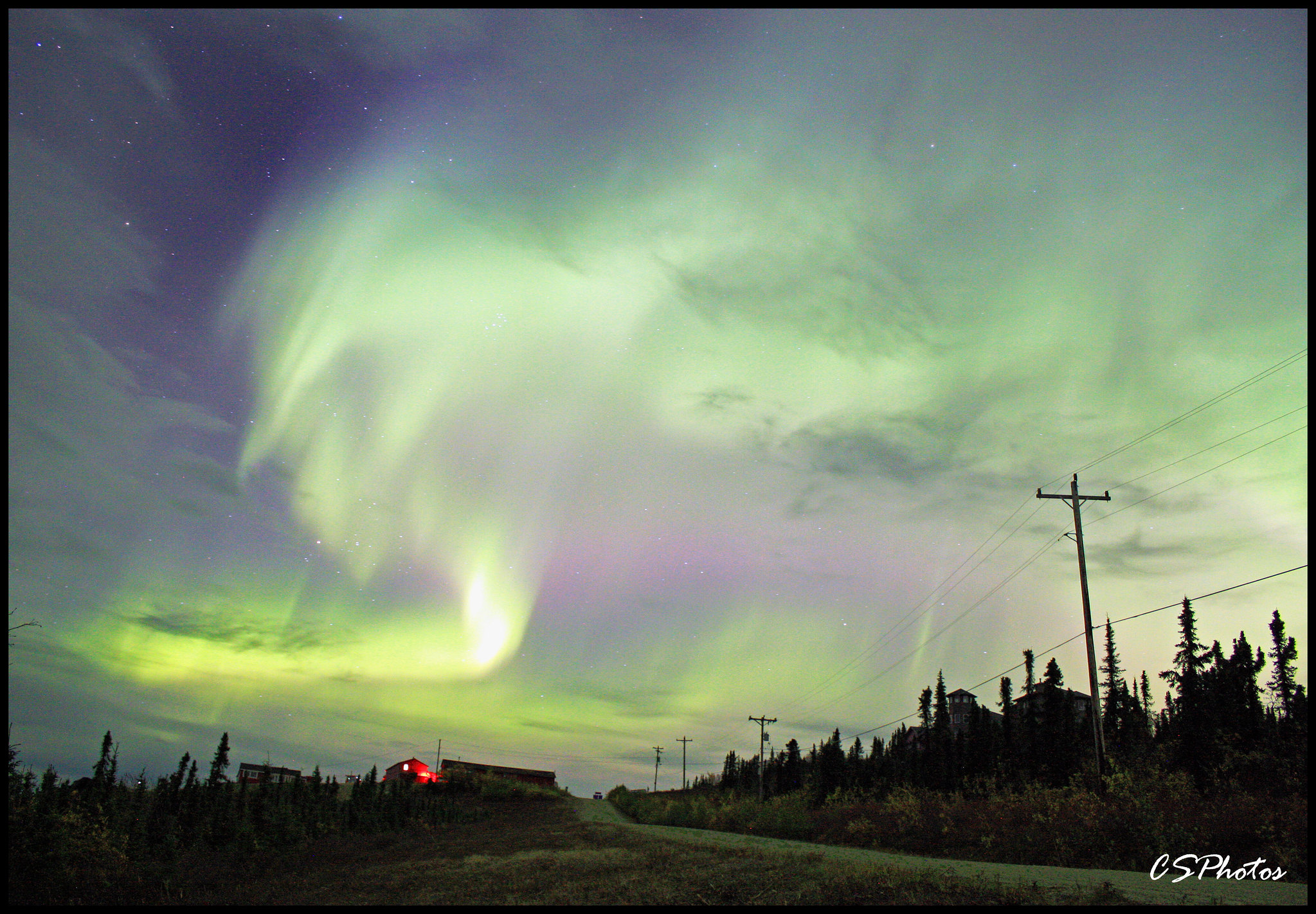(March 2023)
(Full Disclaimer: I do not pretend to be an expert on the northern lights; there is an extraordinary amount of science that goes into it, including things that even I do not fully understand. However, I hope that my personal experience as an average person will help someone else if they are eager to see the aurora).
For those that know me, I have an immense fascination with the aurora borealis (aka “the northern lights”). I first encountered the northern lights in a movie back in grade school, and I remember being in awe of such a vivid display of color.
Fast forward two decades, my interest of the northern lights accelerated after a couple of winter work trips in Alaska. I did not see the aurora at the time (mostly due to cloudy weather), but it set the groundwork for me to return and see it. (Plus, I have an ongoing joke that some day I plan to “run away” to Alaska).
In mid-2017, I started researching more about the aurora (including what causes it, where it’s best seen, what terminology is used, how to photograph them, etc.). I won’t bore you with those technical details, but I will say that seeing the aurora requires a lot of “luck” and patience. In fact, sometimes the aurora (also known as “Lady Aurora”) will suddenly start peaking without much forewarning and may require you to scramble at last minute if you really want to see them.

During my research, I discovered that seeing the northern lights is possible in the Pacific Northwest, including prominent areas in WA state. However, such a showing requires a high KP index (short for “planetary K-index”). For those that are curious, the KP index is an indicator of disturbances in the Earth’s magnetic field (which causes the aurora). The higher the KP number, the greater the disturbance. In the U.S. map below, a KP index of 7 (or KP-7) is typically needed to see the northern lights in WA state. Of course, if you live in Alaska (or the Arctic Circle), you can see the northern lights with a much lower KP index.
(Courtesy photo from the Space Weather Prediction Center website depicting KP index levels. This map depicts what KP level is needed for someone to see the aurora in certain geographical locations).
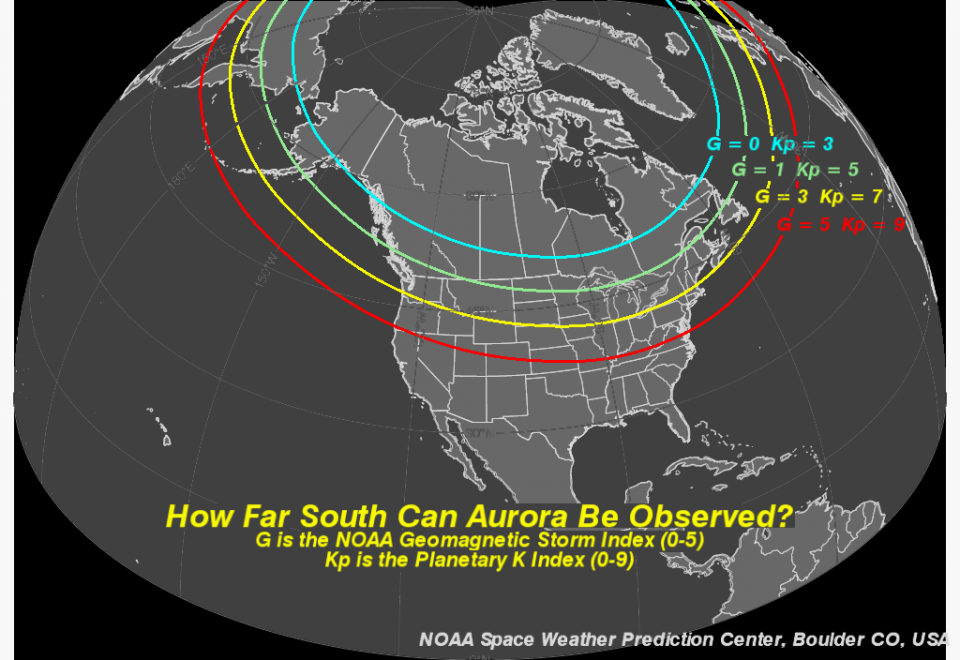
In July 2017, an aurora “storm” was projected and WA residents had a potential chance of viewing the northern lights. I packed up my camera gear, drove to a remote place in Eastern WA (away from light pollution), and waited … for five (5) hours.
At the time, I was following a Facebook group (Aurora Borealis Washington State) that had live updates (many who were also waiting in other parts of the state to see for themselves). No aurora storm had arrived, and many of us believed that the night was just not in our favor. It wasn’t until about 12:00 AM that I saw a mysterious “mist” on the horizon and quickly began photographing.
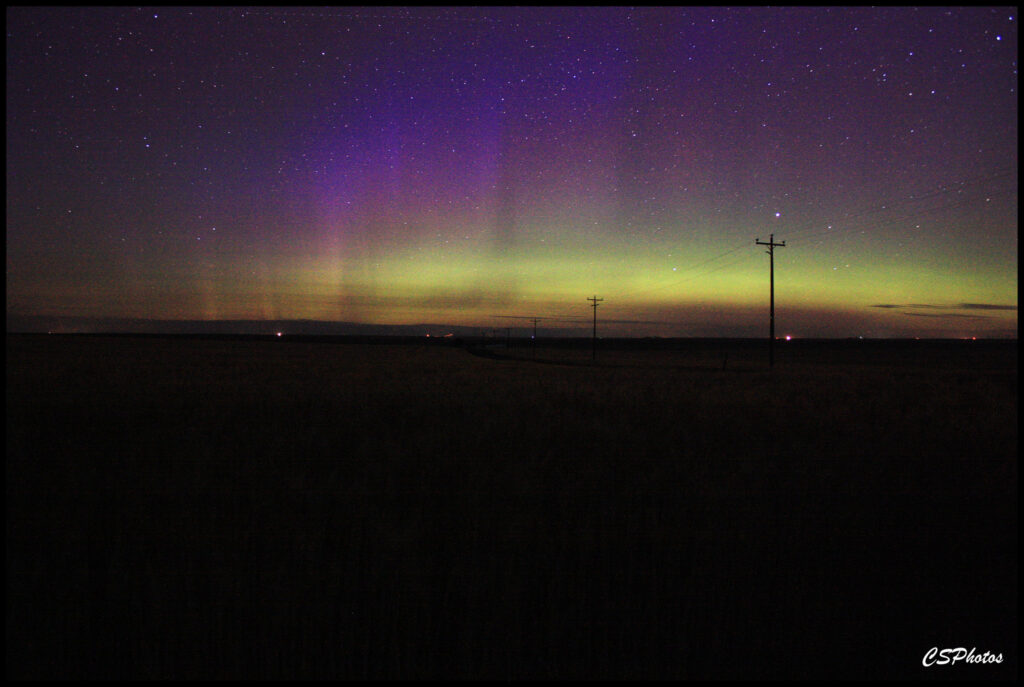
In the photo above, this is what my camera captured; my naked eye did not see much, but I faintly saw grey-like pillars rippling across the horizon. There were no vivid greens and purples like would you see in stock photos, but nonetheless, I wasn’t disappointed (and I was determined to see them again).
In September 2017, my brother and I traveled to Fairbanks for several days with some careful planning the months before (we flew into Fairbanks International Airport on a non-stop Alaska Airlines flight from Seattle). I’m almost certain some people thought we were crazy to travel 2,000+ miles just to see the northern lights with no other real objective in mind.
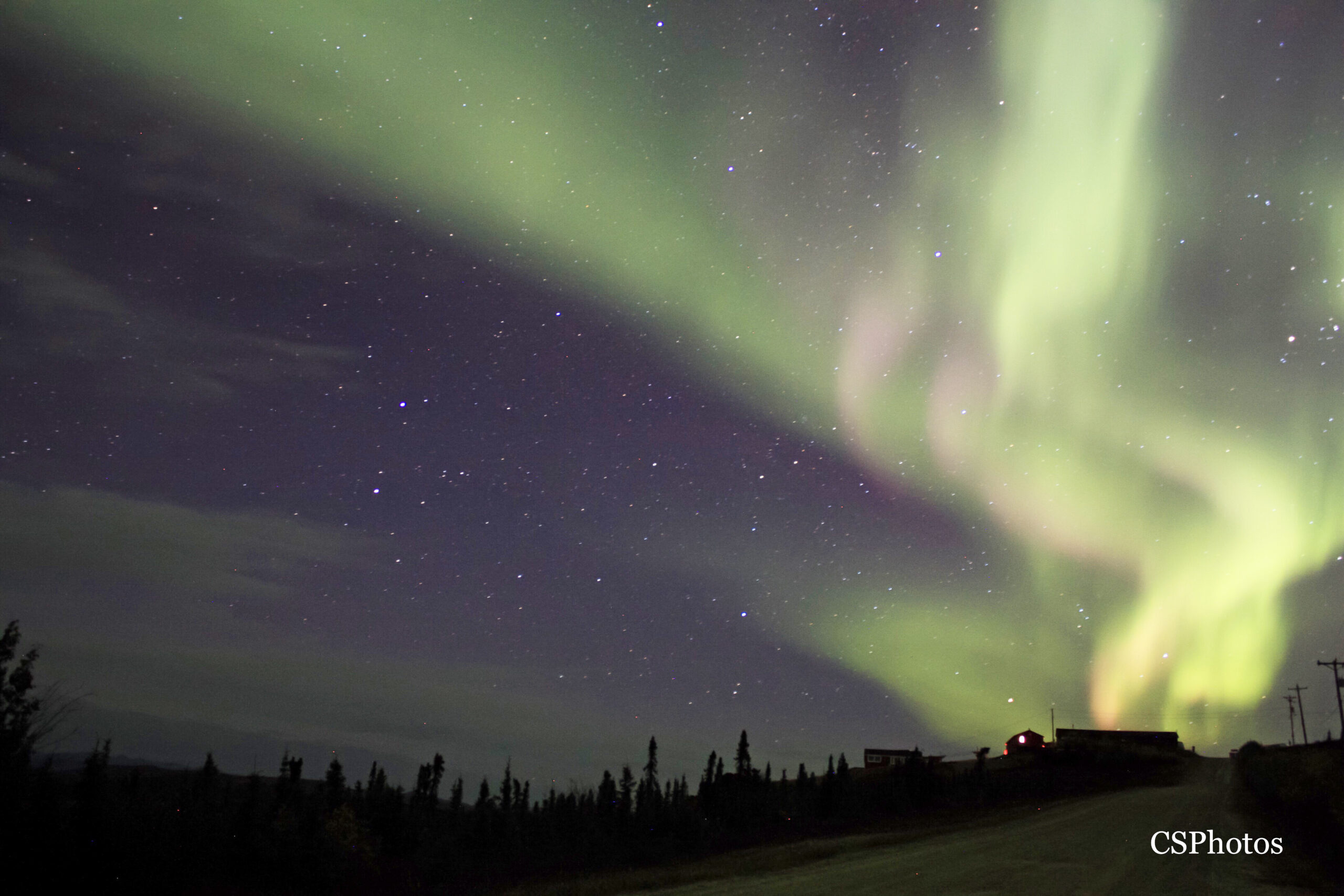
Multiple articles say that if you stay in Alaska for at least 3 nights during the aurora season (which runs from August 21 to April 21), your chances of seeing the aurora are very high. In our case, we made sure to travel when a new moon had started with preferred weather conditions (e.g. likely chances of clear nights based on historical weather data and not in negative temperatures).
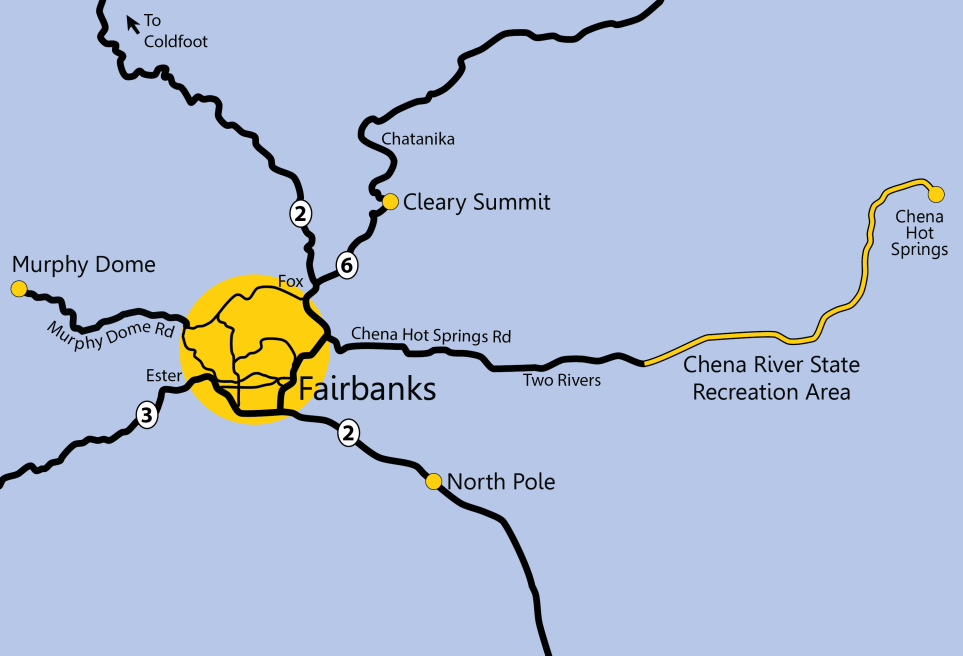
(Courtesy photo from ExploreFairbanks.com, which depicts the best aurora viewing locations and a live aurora tracker map.)
We briefly saw the northern lights on our first night, but it did not last long enough for us to take quality photos. On our second night, we drove south of North Pole (hoping to find a body of water that would reflect the aurora). While we did find a remote camping area by a lake, it was eerily dark and deserted. We continued walking, but a couple odd noises in the woods (likely wildlife of some sort) made us reconsider (especially since neither of us were carrying a defensive weapon).
Deciding to be safe, we got back into our rental car and drove 25+ miles north of Fairbanks. We ended up finding a remote spot on a dirt road and proceeded to wait. While it wasn’t frigid, it was certainly cold (even though we were wearing winter clothing). The waiting game dragged well into midnight and we both dozed in and out. It wasn’t until after 1:00 AM that my brother looked out the window and thought he saw something changing in the sky. Sure enough, the night sky began to erupt just minutes later.
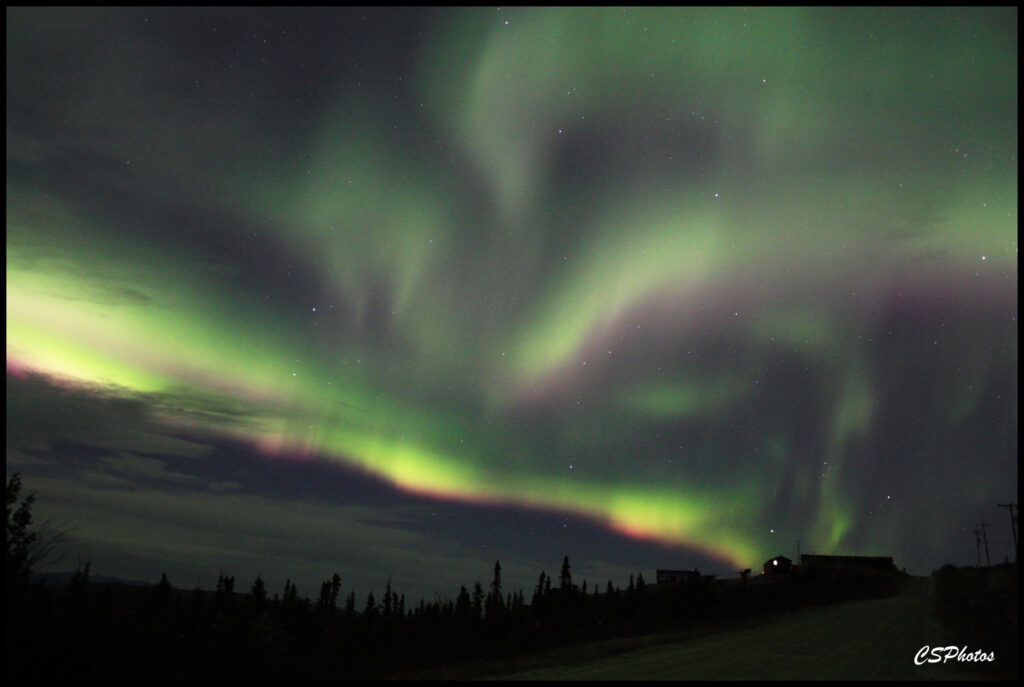
To say we were in “awe” is an understatement. We were out there for almost two hours photographing (and watching) as the sky danced with plenty of greens, purples, and pinks. Large pillars would display and most darkness would be eliminated. There would be lulls here and there, but the aurora would eventually return. (A KP-5 had been projected for that night, but I suspect certain moments were a much higher KP index).
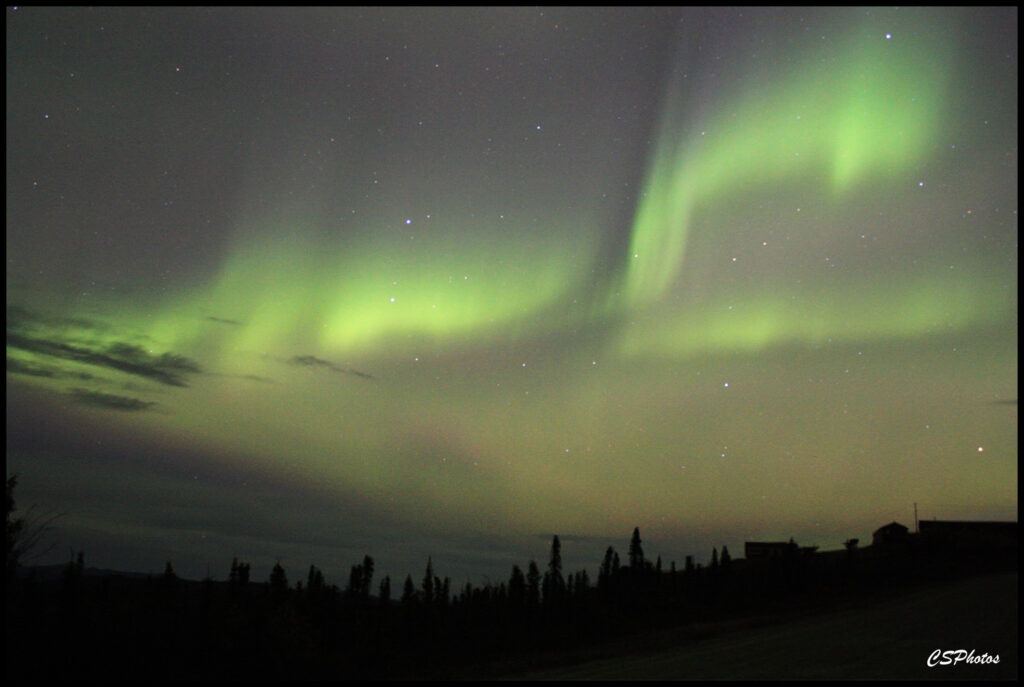
We were lucky to see the northern lights so early in our trip. The other few days had cloudy skies and a low KP, which made it difficult to see any activity.
Many of the articles that I have read about how to chase the aurora continue to hold true, including:
• Finding a spot with minimal light pollution (in Fairbanks, you don’t have to drive too far to get away from light pollution. However, we did see them even in the city on our first night)
• Avoiding full moons (full moons can wash out a very weak aurora, but not necessarily strong auroras)
• Praying for clear skies (clouds are a huge damper to seeing anything, but it is possible even in partly cloudy conditions)
• Being patient (bring snacks, drinks, or entertainment because you could be waiting several hours)
• Hoping luck is on your side (sometimes, the aurora decides to not show up despite forecast models)
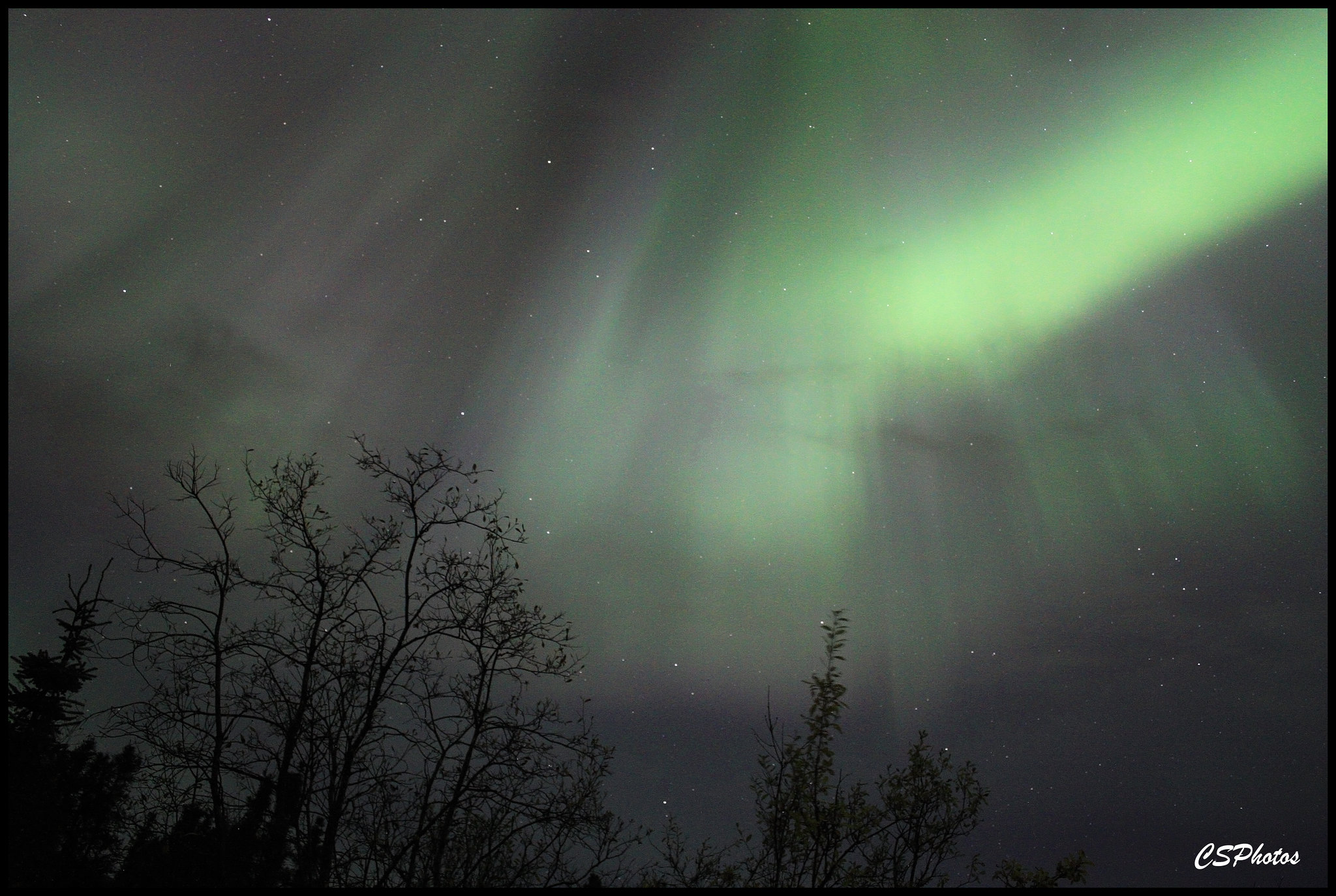
Other sites and mobile apps I found useful or fun to see include:
• Softserve News: This site provides a real-time aurora projection, including the KP index.
• My Aurora Forecast & Alerts: This mobile app provides aurora forecasting, a map of the current aurora location, mobile app alerts if KP reaches a certain index, and your chances of seeing the aurora based on geographical location. It’s available on the Apple App store or Google Play store.
• Northern Lights Live Cam: This site has a real-time camera that lets you view aurora activity from Churchill, Manitoba in Canada.
• Moon Phases Calendar: This site provides a graphical calendar of moon phases throughout the year.
• Cloud Coverage Map: This site provides a real-time view of current cloud conditions.
Bottom line: It goes without saying that photographing the aurora can only do so much justice; seeing it in-person is by far more superior than seeing it from someone else’s lens. If you have ever wanted to see the northern lights yourself, I would highly recommend visiting Fairbanks. It’s a once-in-a-lifetime experience, and quite frankly, I envy the Alaskans who get to witness such a phenomenon year around.
